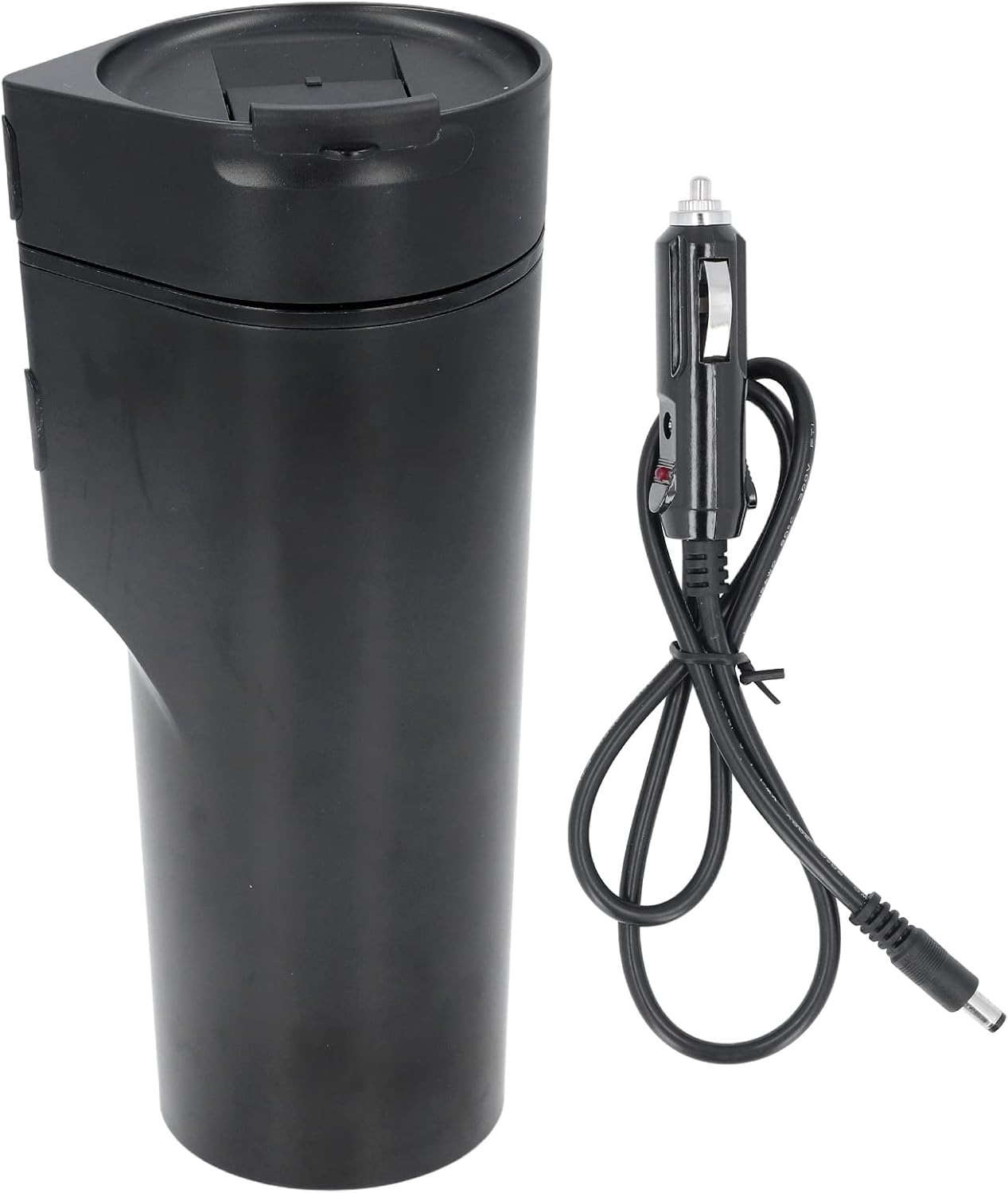So, you’re ready to upgrade your coffee game, but faced with a bewildering array of espresso makers and coffee machines. The names are similar, the promises are grand, and the price tags can be… substantial. Let’s clear the confusion and explore the key differences between these two types of coffee brewing devices. This guide will walk you through the functionalities, brewing methods, and overall user experience to help you choose the perfect machine for your needs and budget.
Understanding the Basics: Espresso vs. Brewed Coffee

Before diving into the machines themselves, it’s crucial to understand the core difference: the brewing method. Espresso is a concentrated coffee brew achieved by forcing hot, pressurized water through finely-ground coffee beans. This results in a rich, intense shot with a thick crema on top. Brewed coffee, on the other hand, involves steeping ground coffee beans in hot water, resulting in a milder, less concentrated beverage. The brewing method significantly impacts the flavor profile, texture, and caffeine content.
Espresso Makers: Powerhouses of Pressure
Espresso makers are designed specifically to create that pressurized environment crucial for espresso. They typically employ a pump system that forces water through a portafilter (a handle holding the coffee grounds) at pressures ranging from 9 bars (atmospheres) upwards. This high pressure extracts the oils and flavors from the coffee beans, resulting in the characteristic espresso taste and crema.
There’s a wide variety of espresso machines, from compact, semi-automatic models suitable for home use to massive, professional-grade machines found in cafes. Semi-automatic machines give you control over the brewing time, while fully automatic machines handle the entire process, from grinding the beans to dispensing the espresso. The choice depends largely on your level of involvement and budget.
Types of Espresso Makers:
- Pump-driven Espresso Machines: These are the most common type, using a pump to generate the necessary pressure for espresso extraction.
- Lever Espresso Machines: These machines require manual operation, creating pressure through a lever system. They offer a more hands-on experience but require some skill to master.
- Moka Pots (Stovetop Espresso Makers): These are budget-friendly options that use steam pressure to brew a concentrated coffee similar to espresso, though not technically true espresso due to lower pressure.
Coffee Machines: Versatility and Convenience

Coffee machines, in contrast to espresso makers, utilize various brewing methods to create a wider range of coffee styles. Drip coffee machines, pour-over coffee makers, and French presses all fall under this broader category. They typically work by steeping coffee grounds in hot water for a set period, leading to a less concentrated and often milder-tasting coffee.
Many modern coffee machines offer a variety of features beyond simple brewing. Some incorporate grinders, allowing you to grind beans fresh before each brew, enhancing the flavor. Others might feature programmable timers, automatic shut-offs, and even milk frothers for lattes and cappuccinos. This versatility makes them a popular choice for those who enjoy a broader range of coffee styles.
Types of Coffee Machines:
- Drip Coffee Makers: The most common type, using a filter basket to brew coffee from ground beans.
- Pour-Over Coffee Makers: Offer a more manual approach, requiring the user to pour hot water over coffee grounds.
- French Presses: Steep coffee grounds in hot water, creating a full-bodied brew with some sediment.
- Cold Brew Coffee Makers: Steep coffee grounds in cold water for an extended period, resulting in a low-acid, smooth brew.
Choosing the Right Machine: Factors to Consider

The best choice for you hinges on your coffee preferences and lifestyle. Consider these factors:
- Desired Coffee Style: If you crave the intense richness of espresso and espresso-based drinks, an espresso machine is essential. For a wider range of brewing methods and styles, a versatile coffee machine might be better.
- Budget: Espresso machines, especially high-end models, can be significantly more expensive than basic coffee machines.
- Time Commitment: Semi-automatic espresso machines require more hands-on involvement, whereas automatic espresso machines and many coffee machines are more automated.
- Maintenance: Espresso machines, with their intricate mechanisms, generally require more cleaning and maintenance than simpler coffee machines.
- Space: Consider the size and footprint of the machine in your kitchen.
Conclusion: The Perfect Cup Awaits

Ultimately, the choice between an espresso maker and a coffee machine boils down to personal preference and priorities. There’s no single “best” option – the perfect machine is the one that consistently delivers your favorite cup of coffee. This guide aims to provide you with the necessary information to make an informed decision, leading you towards the perfect brewing companion for your daily coffee ritual.
Happy brewing!